Description
Squash Little Gem Trailing
Squash Little Gem Trailing. Small round cricket ball sized dark green fruit are produced in abundance for harvest in Mid – Aug. The plant has a trailing habit, which may be trained upwards to maximise space. Easy to grow & stores well. Classed as a winter variety.
Cultivation Advice
- Squash Little Gem Trailing is a warm-season crop. Plant seeds directly in the garden after the danger of frost has passed.
- Choose a sunny location with well-draining soil.
- Amend the soil with compost or well-rotted manure to improve fertility and drainage.
- Squash prefers slightly acidic to neutral soil with a pH between 6.0 and 7.0.
- Plant seeds or seedlings in hills or rows, with spacing of about 4 to 6 feet between plants. Each hill can have 2-3 seeds, and if more than one plant germinates, thin to the strongest seedling.
- Keep the soil consistently moist, especially during the flowering and fruiting stages.
- Water at the base of the plant to prevent water on the leaves, reducing the risk of fungal diseases.
- Apply a layer of organic mulch around the plants to conserve moisture, suppress weeds, and maintain a more even soil temperature.
- Fertilize with a balanced, all-purpose fertilizer at planting time and then again when the vines start to develop.
- Avoid excessive nitrogen, as this can promote excessive foliage growth at the expense of fruit development.
- Squash Little Gem Trailing plants have trailing vines. Providing support, such as a trellis or a sturdy fence, can help keep the fruits off the ground and save space in the garden.
- Squash plants produce both male and female flowers. Bees are the primary pollinators, so encourage pollinator activity in your garden.
- Keep an eye out for common garden pests such as aphids and squash bugs. Handpick or use insecticidal soap for control.
- Companion planting with herbs like basil can help deter pests.
- Rotate crops each year to reduce the risk of soil-borne diseases.
- Provide good air circulation by spacing plants adequately and pruning excess foliage.
- Squash Little Gem Trailing has a mild, sweet flavor. It can be roasted, grilled, sautéed, or used in soups and stews.
- Squash Little Gem Trailing is sensitive to frost. Plant after the last expected frost date and provide protection if there’s a late cold snap.
- Wait until the soil has warmed up before planting Squash Little Gem Trailing seeds. Planting in warm soil promotes better germination and early growth.
- In areas with intense summer heat, consider providing partial shade during the hottest part of the day to prevent stress on the plants.
- While Squash Little Gem Trailing plants tend to have trailing growth, providing some support such as stakes or cages can help keep the vines organized and make harvesting easier.
- Use organic mulch, such as straw or shredded leaves, to maintain soil moisture, suppress weeds, and provide insulation against temperature extremes.
- Maintain consistent watering to prevent blossom-end rot and ensure proper fruit development. Inconsistent watering can lead to quality issues with the fruits.
- Intercrop Squash Little Gem Trailing with other compatible vegetables or herbs. This can maximize space and create a more diverse and resilient garden ecosystem.
- Squash Little Gem Trailing can be grown in large containers if garden space is limited. Choose a container with good drainage and provide support for the vines.
- Periodically amend the soil with well-rotted compost or organic matter to replenish nutrients and improve soil structure.
- Avoid planting squash in the same location year after year to reduce the risk of soil-borne diseases and pests.
- Harvest Squash Little Gem Trailing by gently twisting or cutting the fruits from the plant. Regular harvesting encourages continuous production.

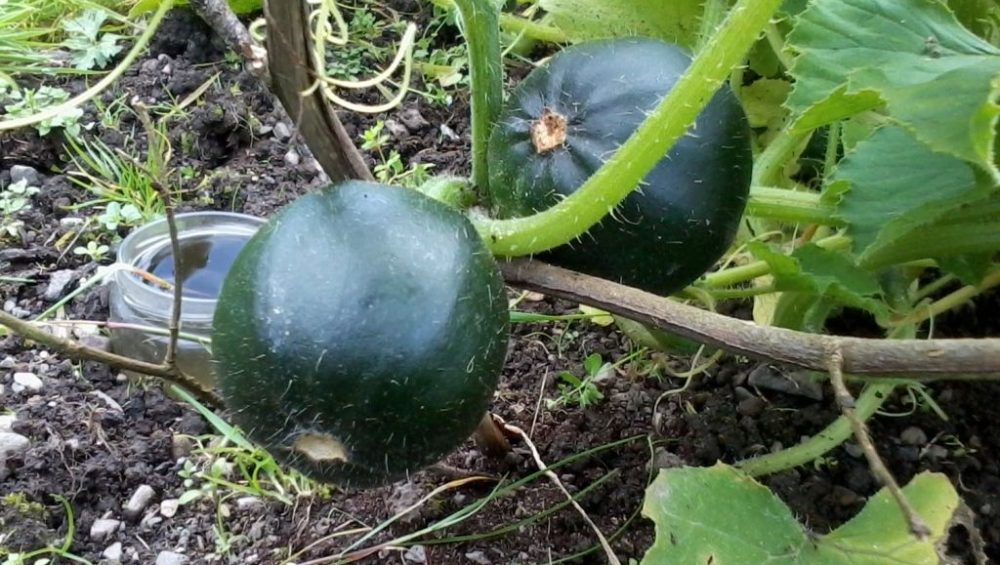
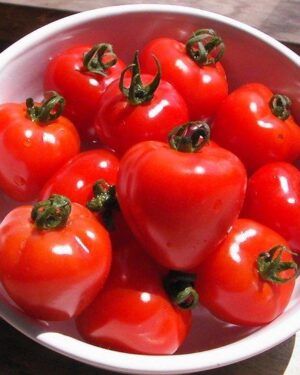
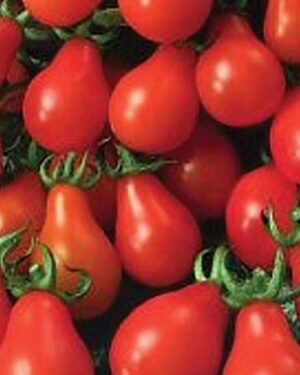
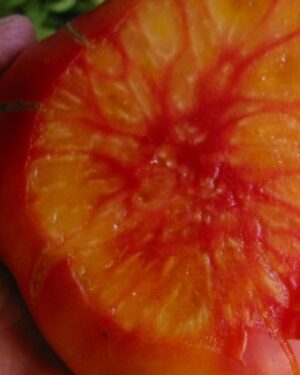
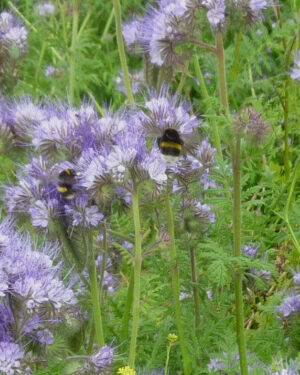
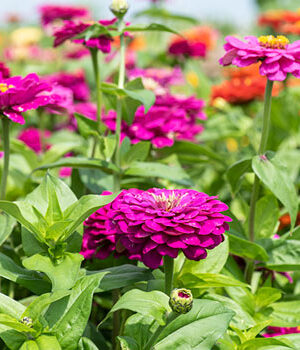
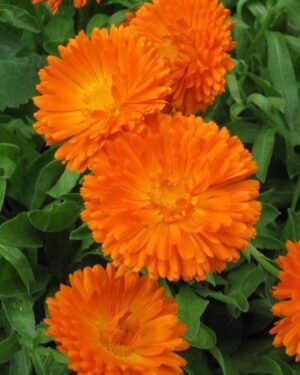
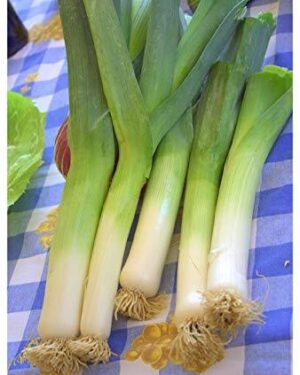
Reviews
There are no reviews yet.